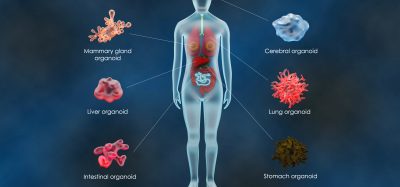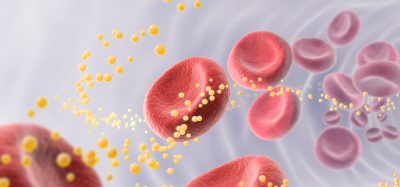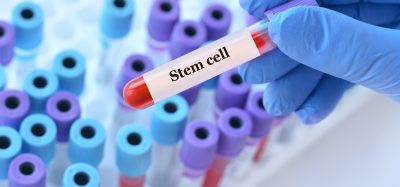Expert view: GMP proteins for therapeutic manufacturing: combining consistency, safety, and supply
Posted: 6 September 2018 | Tim Manning (Bio-Techne) | No comments yet
Cell therapies offer revolutionary new approaches for treating humandisease. Most of these treatments use GMP cytokines and growthfactors for the differentiation, expansion, and maintenance of cells.It is critical that GMP protein suppliers offer the optimal combinationof consistency, safety, and stable supply chain.
Proteins are made in biological systems, and thus they can be susceptible to variability. Suppliers should have at the very least an ISO 9001:2008/2015-certified facility. At its core is a quality management system with extensive documentation that includes records of employee training, manufacturing records and SOPs, equipment calibration and maintenance records, and traceability of materials. Physical characteristics of all lots, including purity and activity, should be consistent and fall within the reported range. A formal stability testing program should also be in place. Suppliers should be open to examination of historical records during audits of facilities.
Patient safety is of the utmost importance. As a result, it is often preferred that GMP cytokines and growth factors be produced in an animal‑free process. This helps mitigate risks from adventitious agents such as viruses, TSE/BSE, or other potential unknown pathogens. Animal-free is typically defined by protein expression in non‑eukaryotic systems, such as E. coli, and dedicated manufacturing spaces, equipment, and labware. If animal components are used, careful traceability should include certificates of origin that detail applicable safety testing results. Viral testing of cell banks and viral reduction studies should be considered. In all cases, quality control testing should include sterility testing and host cell component assessment.
A stable supply chain is necessary to avoid changes that might require costly revalidation. This becomes increasingly significant the closer to commercialisation drug development becomes. Quality and supply agreements will help ensure that needs will be met. Secondary suppliers should also be considered. The same growth factor or cytokine sourced from different suppliers may look identical on a certificate of analysis but could behave differently in your cell culture system.
Biomarkers are redefining how precision therapies are discovered, validated and delivered.
This exclusive expert-led report reveals how leading teams are using biomarker science to drive faster insights, cleaner data and more targeted treatments – from discovery to diagnostics.
Inside the report:
- How leading organisations are reshaping strategy with biomarker-led approaches
- Better tools for real-time decision-making – turning complex data into faster insights
- Global standardisation and assay sensitivity – what it takes to scale across networks
Discover how biomarker science is addressing the biggest hurdles in drug discovery, translational research and precision medicine – access your free copy today
Related topics
Analysis, Cytokines, Drug Discovery, Drug Discovery Processes, Protein
Related organisations
Bio-Techne
Related people
Tim Manning








